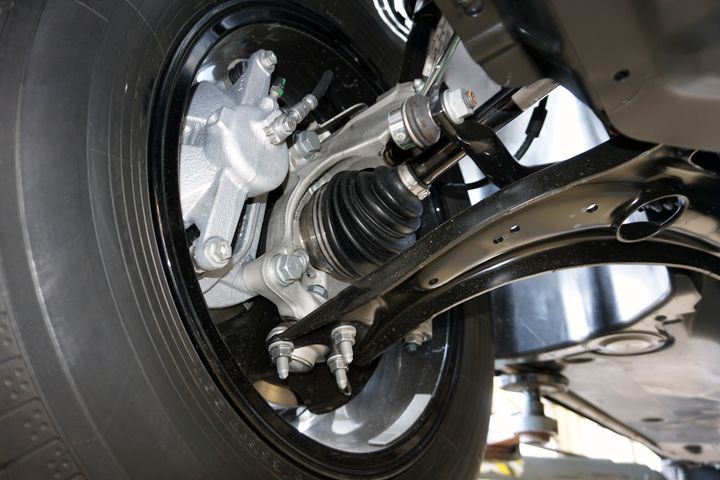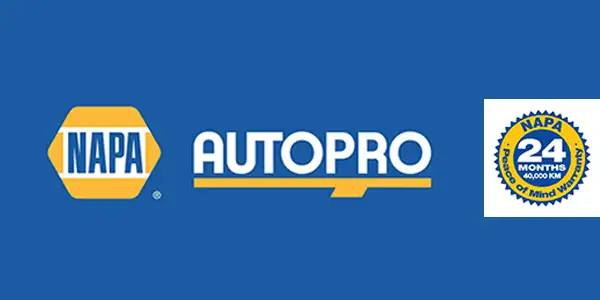
How Does My Vehicle's Steering System Work?
Have you ever been driving around Dartmouth, NS, and wondered how your steering works? Your car's power steering uses a hydraulic or electric system to amplify the small effort you put into turning your steering wheel to enough power to turn your vehicle's wheels. The steering wheel is attached to a steering shaft, which goes down toward the differential, that then attaches to the axle(s). At the other end of the steering shaft is a circular gear, which is called the “pinion.” The pinion interlocks with the rack, which is a straight gear that connects to the steering arms of your car’s wheels through tie rods. When you turn your steering wheel, the pinion rotates, which causes the rack to move either left or right, and your wheels move accordingly. We at Larry Hatt's Auto Service Ltd know exactly how your vehicle's steering system works and can make the appropriate repairs if needed. We've been fixing cars since 1988 and serve residents of Dartmouth, Nova Scotia, Eastern Passage, Nova Scotia, Halifax, Nova Scotia, Lawrencetown, Nova Scotia, Cole Harbour, Nova Scotia, and beyond.
What Are Tie Rod Ends?
Tie rod ends are part of your vehicle's steering system and its steering gear. They are the meeting point between the steering rack and steering knuckle; the tie rod ends transfer the force from your vehicle's steering rack to the knuckle, which is attached to the wheels. Tie rod ends also attach to your vehicle's knuckle and rack. Every time you turn the steering wheel, the tie rod ends transmit that movement into several parts of your vehicle's steering system until they push or pull the tires to make the vehicle turn.
Tie rods contain an outer tie rod end and an inner tie rod end that are connected; this serves various purposes. The outer tie rod end, which is a straight shaft with a rounded part at the end of it, has several parts inside of it. The long shaft body has a ball joint at the end of it through which steering movement is passed. The back of the outer tie rod end usually contains a grease fitting that allow the bearings to spin freely inside the tie rod. Tie rods are secured by locking nuts that are fastened by cotter pins and castle nuts. The inner tie rod end has a straight body that is covered by a protective rubber boot to keep dust from getting inside of it.
How Do I Know If My Tie Rod Ends Need to Be Repaired or Replaced?
Although tie rod ends are designed to last for a long time, it is a good idea to get them checked when you bring your vehicle in for routine maintenance, particularly if you are driving in poor road conditions, over potholes, or if your vehicle has recently been in an accident. If bad tie rod ends are not checked out regularly and fail, you run the risk of anything from premature tire wear to losing complete control of your vehicle. We at Larry Hatt's Auto Service Ltd in Dartmouth can take a look inside your vehicle and determine if we need to repair or replace a tie rod. Here are some signs to look out for that show your tie rod ends need to be repaired or replaced:
You experience uneven tire wear - If one or two of your vehicle's tires are experiencing uneven tire wear, your vehicle probably needs tie rod end repair. Your tires could be misaligned because some tires are doing more work than others or are not aimed straight due to looseness of the tie rods. To confirm if this is the issue, our Expert technicians can perform a visual inspection on your vehicle's tires.
Your steering wheel feels loose or is vibrating - Loose steering means that you feel that you do not have control over your vehicle when driving. There is a disconnect between your steering motions and the motions of your vehicle. If this happens, it probably means your tie rod ends are loose and most likely need to be replaced. A loose tie rod end can also cause your vehicle to vibrate, particularly when you are turning corners or driving at high speeds.
When you turn your steering wheel, your vehicle doesn't respond - In a worst-case scenario, a complete tie rod end failure will result in a complete loss of control of your vehicle. This is why it is important to bring your vehicle in for regular maintenance. To schedule your next appointment, give Larry Hatt's Auto Service Ltd a call at 902-435-4288.
Your vehicle has poor wheel alignment - If one or more of your vehicle's tie rod ends go bad, the tires will not perform properly and your vehicle's tires will not maintain their symmetry. This results in poor wheel alignment, which means that some of your vehicle's tires are working harder than others. We at Larry Hatt's Auto Service Ltd can perform front wheel alignment on your tires and determine which ones need tie rod end repair.
Larry Hatt's Auto Service Ltd. - Your Reliable Shop for Tie Rod End Repair
If you are in Halifax Regional Municipality, the B2V 1E5 area, or nearby, you can bring your car to Larry Hatt's Auto Service Ltd for various auto repair services, such as Auto Repair, Routine Maintenance, and tie rod end repair. Our Quality technicians and owner Larry Hatt are experts in all things auto repair and are continuously trained on the latest automotive technology and auto parts. We have excellent ratings based on reviews from 767 satisfied customers and our services come with a 2 Year/40,000 Kilometer warranty.
We are one of the highest-rated auto shops in the area and can fix your Acura, Cadillac, GMC, Dodge, and any other car you may have.
Reasons You Should Do Business With Us:
- Transparency
- Honesty
- Integrity
- We are Experts
- Years of Experience
Don't hesitate to bring your car to Larry Hatt's Auto Service Ltd in Dartmouth today! You can schedule an appointment with us online or give us a call at 902-435-4288.
Larry Hatt's Auto Service Ltd - Offering Honest Service and Top Quality Repairs Since 1988.
